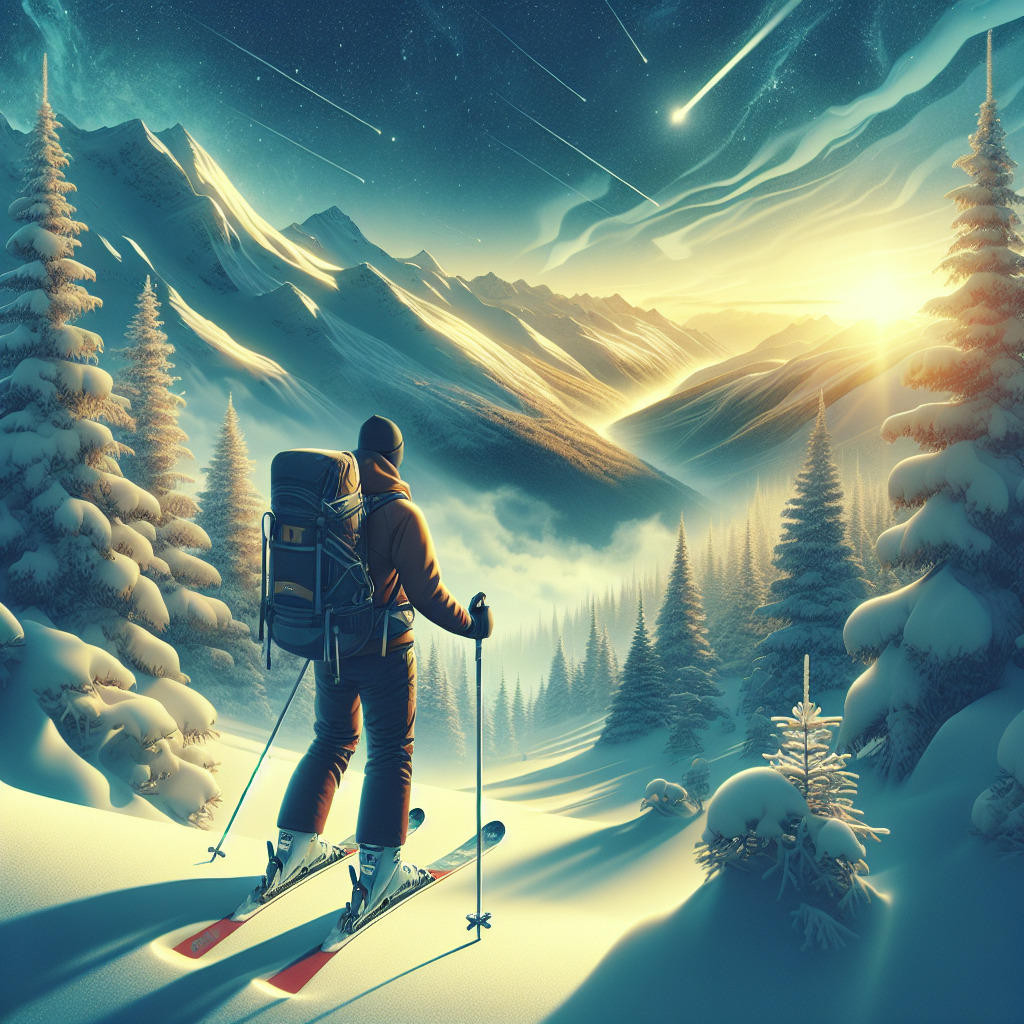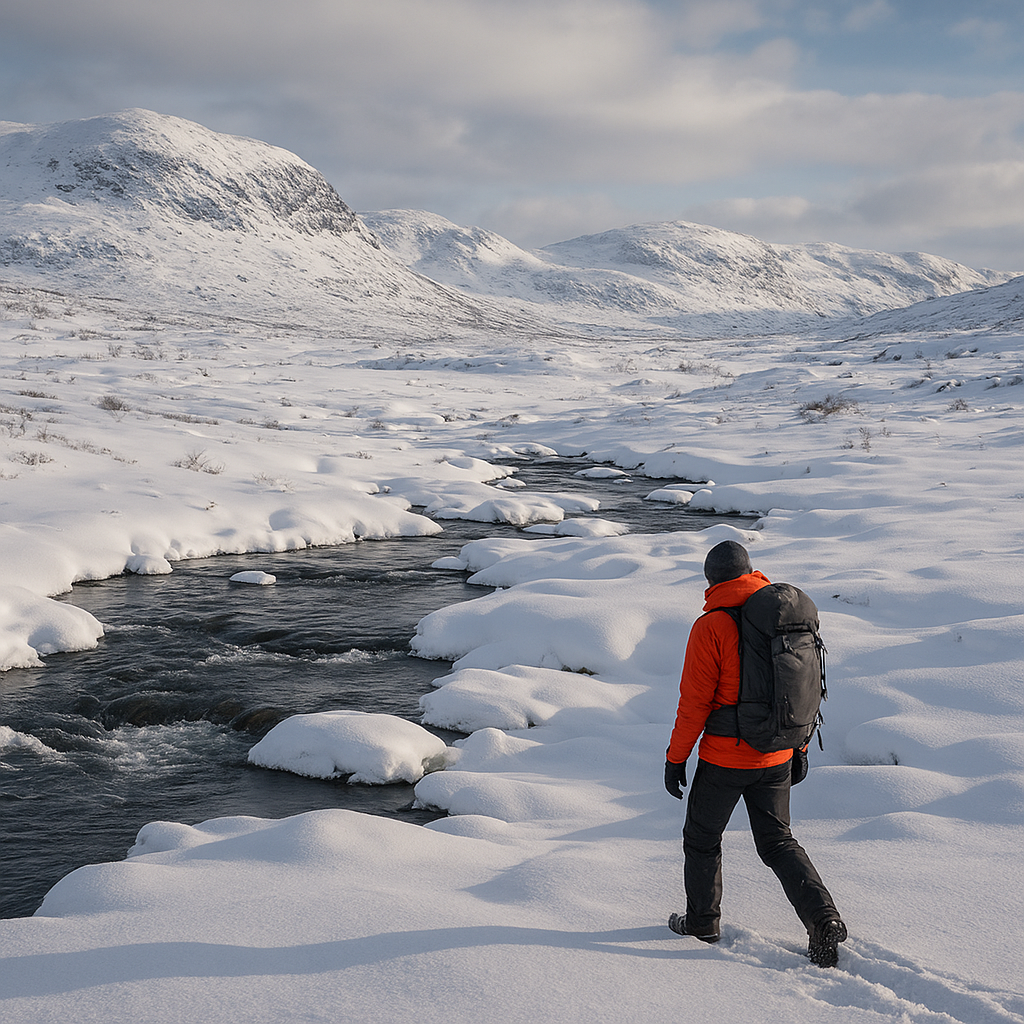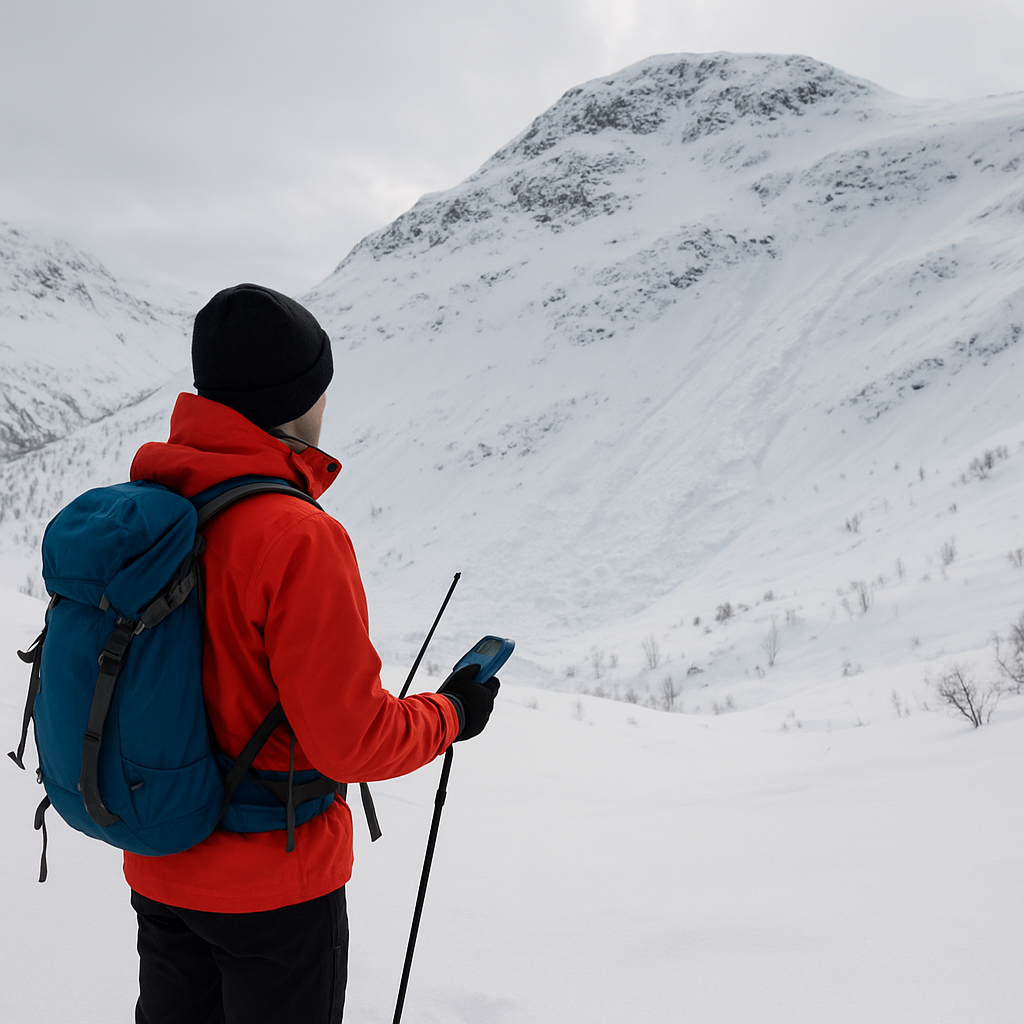
Skiing in Norway’s remote areas offers an unparalleled experience of natural beauty and adventure. However, the thrill of exploring these untouched landscapes comes with its own set of challenges and risks. This article aims to provide essential tips and guidelines to ensure your safety while skiing in these isolated regions.
Understanding the Terrain and Weather Conditions
Norway’s remote areas are known for their breathtaking scenery, but they also present unique challenges due to their rugged terrain and unpredictable weather. Before embarking on your skiing adventure, it is crucial to have a thorough understanding of the landscape and current weather conditions.
Research and Preparation
Start by researching the specific area you plan to visit. Topographical maps, online resources, and local guides can provide valuable information about the terrain. Pay attention to elevation changes, potential avalanche zones, and any natural obstacles that may be present.
Weather conditions in Norway can change rapidly, especially in remote areas. Check the weather forecast regularly in the days leading up to your trip and be prepared for sudden changes. Websites and apps that provide real-time weather updates can be invaluable tools for staying informed.
Understanding Snow Conditions
Snow conditions can vary greatly depending on the time of year and recent weather patterns. Fresh powder can be exhilarating to ski on, but it can also increase the risk of avalanches. Hard-packed snow and ice can make for challenging skiing and increase the risk of falls and injuries.
Consider taking a snow safety course to learn how to assess snow conditions and recognize potential hazards. Understanding the different types of snow and how they interact with the terrain can help you make safer decisions while skiing.
Essential Gear and Equipment
Having the right gear and equipment is crucial for staying safe while skiing in Norway’s remote areas. This includes not only your skiing equipment but also safety gear and emergency supplies.
Skiing Equipment
Ensure that your skis, boots, and bindings are in good condition and suitable for the type of terrain you will be skiing on. Consider using backcountry skis if you plan to venture off the groomed trails. These skis are designed to handle a variety of snow conditions and provide better stability and control.
Poles should be sturdy and the right length for your height and skiing style. Adjustable poles can be a good option for backcountry skiing, as they allow you to adapt to different terrain and snow conditions.
Safety Gear
Wearing a helmet is essential for protecting your head in case of falls or collisions. Make sure your helmet fits properly and is designed for skiing. Goggles are also important for protecting your eyes from the sun, wind, and snow. Choose goggles with lenses that provide good visibility in varying light conditions.
An avalanche beacon, probe, and shovel are essential safety tools if you plan to ski in areas with avalanche risk. These tools can help you locate and rescue someone buried in an avalanche. Make sure you know how to use them and practice regularly.
Emergency Supplies
Carry a well-stocked first aid kit that includes bandages, antiseptic wipes, pain relievers, and any personal medications you may need. A multi-tool or knife can be useful for a variety of tasks, from repairing equipment to preparing food.
Bring a map and compass, and know how to use them. GPS devices and smartphones can be helpful, but they should not be relied upon as your sole means of navigation. Batteries can die, and electronic devices can fail in cold weather.
Pack extra food and water, as well as a portable stove or other means of melting snow for drinking water. High-energy snacks like nuts, dried fruit, and energy bars can help keep your energy levels up during long days on the slopes.
Traveling in Groups and Communication
Skiing in remote areas is safer and more enjoyable when done in a group. Traveling with others provides additional safety and support in case of an emergency. Effective communication is also crucial for coordinating your activities and ensuring everyone stays safe.
Group Dynamics
Choose your skiing partners carefully. Make sure everyone in the group has a similar level of experience and fitness. Discuss your plans and agree on a route before setting out. Establish a group leader or rotate leadership responsibilities to ensure clear decision-making.
Stay together as much as possible and use a buddy system to keep track of each other. Regularly check in with each other and communicate any concerns or changes in plans. If someone in the group is struggling or needs to rest, adjust your pace and schedule accordingly.
Communication Tools
Carry a two-way radio or satellite phone for communication in areas with no cell phone coverage. These devices can be lifesavers in an emergency, allowing you to call for help or coordinate with other members of your group.
Establish a communication plan before you set out. Agree on check-in times and procedures for contacting each other if you become separated. Make sure everyone knows how to use the communication devices and has the necessary contact information.
Recognizing and Responding to Emergencies
Despite careful planning and preparation, emergencies can still happen. Knowing how to recognize and respond to different types of emergencies can make a significant difference in the outcome.
Avalanche Awareness
Avalanches are one of the most significant risks when skiing in remote areas. Learn to recognize the signs of avalanche danger, such as recent avalanches, cracking or collapsing snow, and heavy snowfall or rapid warming.
If you are caught in an avalanche, try to move to the side and stay on the surface. If you are buried, create an air pocket in front of your face and try to remain calm. Use your avalanche beacon, probe, and shovel to locate and rescue others in your group.
Hypothermia and Frostbite
Cold temperatures and exposure to the elements can lead to hypothermia and frostbite. Dress in layers and stay dry to help regulate your body temperature. Watch for signs of hypothermia, such as shivering, confusion, and slurred speech. If someone in your group shows signs of hypothermia, get them to a warm place, remove wet clothing, and provide warm fluids.
Frostbite can occur on exposed skin, especially fingers, toes, ears, and nose. Look for white or grayish-yellow skin, numbness, and a hard or waxy feel. Treat frostbite by warming the affected area with warm (not hot) water and seeking medical attention as soon as possible.
Injuries and Illness
Falls and collisions can result in injuries such as sprains, fractures, and head injuries. Know how to provide basic first aid and carry a first aid kit with you. If someone is injured, assess the situation and provide appropriate care. If the injury is serious, use your communication devices to call for help and follow your emergency plan.
Altitude sickness can also be a concern when skiing at high elevations. Symptoms include headache, nausea, dizziness, and shortness of breath. If someone in your group shows signs of altitude sickness, descend to a lower elevation and provide rest and hydration.
Conclusion
Skiing in Norway’s remote areas can be a rewarding and unforgettable experience, but it requires careful planning, preparation, and awareness of potential risks. By understanding the terrain and weather conditions, having the right gear and equipment, traveling in groups, and knowing how to respond to emergencies, you can enjoy your adventure while staying safe. Remember that safety should always be your top priority, and never hesitate to turn back or seek help if conditions become too dangerous.

